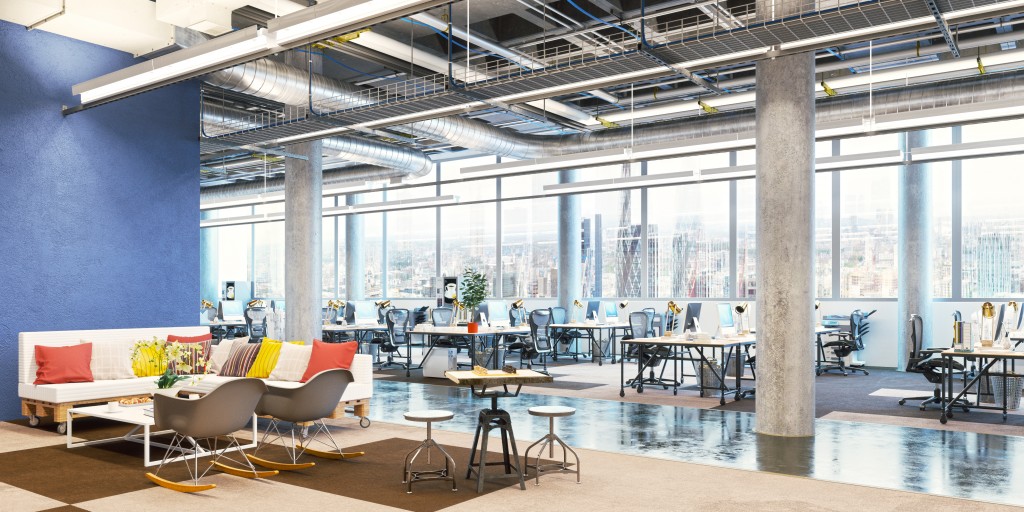Many businesses are starting to incorporate sustainability into their day-to-day operations. Going paperless, leveraging natural light, and encouraging carpooling are some of the standard eco-friendly practices in offices.
One way to create a green office is to start from the construction phase. Eco-friendly building materials lessen your environmental impact. Using these sustainable materials also creates an energy-efficient workplace while boosting your reputation as an environmentally conscious company.
Below are some green building materials that are widely used for commercial spaces.
Reclaimed Wood
Building with reclaimed wood reduces the amount of lumber and timber in landfills. It also decreases the number of trees cut down for construction, lessening your impact on forests and surrounding environments.
Reclaimed barnwood beams, shipping crates and pallets, old factory flooring, and even bowling alley lanes are some of the accessible sources of reclaimed wood. Some salvage yards also carry reclaimed boards with more intricate finishing, such as antique wooden doors and fireplace mantels.
The benefit of using reclaimed wood in your office is that it gives a unique rustic charm that adds character to your space.
Bamboo
Bamboo is a popular alternative to hardwood. It’s fast-growing, so harvesting it in large quantities doesn’t immediately lead to deforestation, making it an ideal replacement for hard-to-source building materials.
Apart from its quick regeneration, bamboo also has exceptional durability, having even greater toughness than brick or concrete. This means that bamboo can endure beatings and physical abuse without needing replacement often. The strength of this building material makes it a viable choice for flooring and cabinetry.
Recycled Steel
Steel and aluminum are some of the popularly used metals for construction. But these require large amounts of energy and resources to produce, from mining the ores, heating the raw materials, then transporting the finished product.
Recycling or repurposing steel lowers the number of raw materials and energy used in production, decreasing your impact on the environment. Although most kinds of steel need to be reshaped into new products to be usable, some metals can be used in their existing forms, such as plumbing components. Reusing these metals further reduces your energy consumption.
 Cork
Cork
Cork is another fast-growing resource, just like bamboo. And the great thing about cork is that you can harvest it without having to cut down a tree, which decreases your impact on the environment.
This wood is resilient and flexible, reverting to its original shape even under pressure. Cork also has noise and shock absorption abilities that make it an ideal insulation material. It doesn’t absorb water, preventing water damage and rot. These properties make cork a good option for sub-flooring.
However, cork does become brittle over time, so it requires replacement. It’s also primarily sourced from the Mediterranean, so shipping this material can get expensive.
Start thinking about sustainability as a systematic overhaul in the workplace instead of a small change to your operations. The shift from simple green individual habits to a more wide-scale sustainability initiative will help you seamlessly incorporate it into the core of your business, aligning your values and operations.





